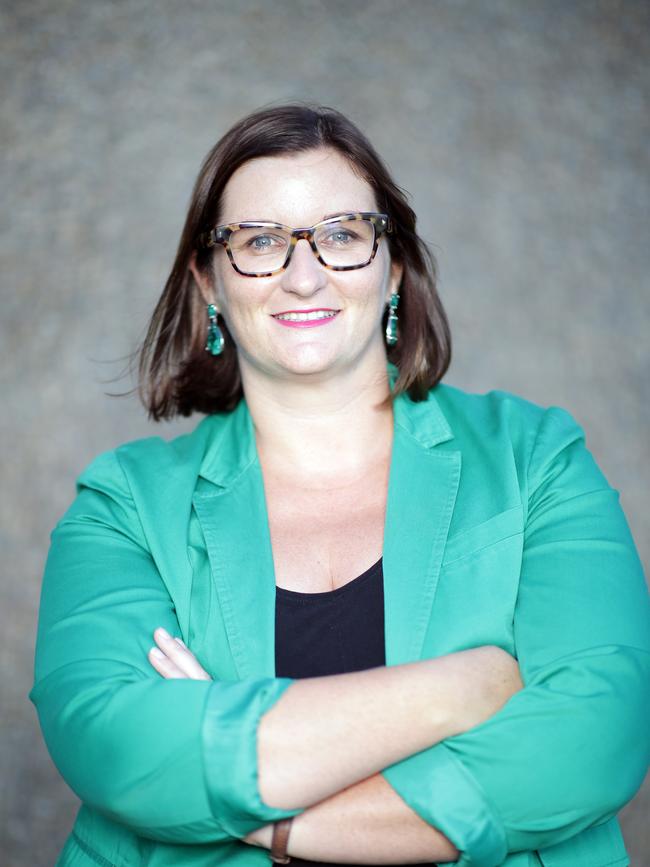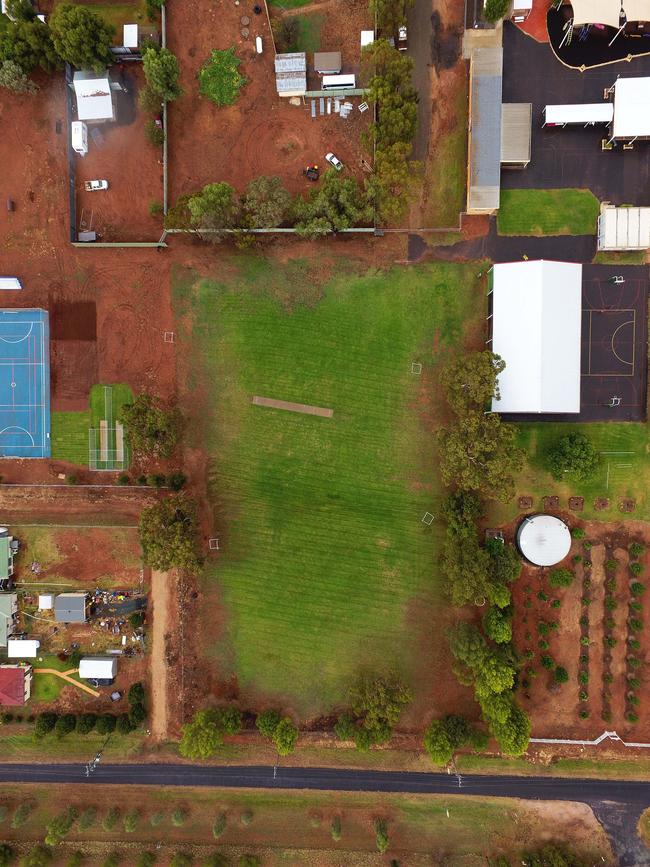Drought impacts country schools despite student-teacher ratios
The crippling drought in NSW has “knocked around” country schools despite new data showing some aspects of regional education are benefiting students more than their metropolitan counterparts. SEE HOW YOUR CHILD’S SCHOOL COMPARES
Schools Hub
Don't miss out on the headlines from Schools Hub. Followed categories will be added to My News.
It’s one of the pluses of growing up in the country.
Students in regional areas get a better deal in terms of student-to-teacher ratios, with 13.3 children for every teacher, compared to 14 for every city school across all school sectors.
But there can be minuses, too.
Country school principals say their kids are not necessarily more advantaged, because their small school sizes often make it hard to offer subjects that city children take for granted.
The smallest 20 schools in the state are all in regional areas, national data from the Australian Curriculum, Assessment And Reporting Authority (ACARA) shows.
By comparison, 18 of the 20 fastest-growing schools in NSW over the past five years are in metropolitan areas.
Secondary Principals’ Council president Craig Petersen said small schools often received extra finding so they could have more teachers despite having fewer students.


MORE FROM SCHOOLS HUB
Southeast Sydney’s fastest growing schools revealed
Hills district’s most crowded classrooms
“There can be a disadvantage if the class size is too small, the first being that you can’t run all the subjects that a larger school can because there simply aren’t enough teachers,” Mr Petersen told The Daily Telegraph.
He welcomed Education Minister Sarah Mitchell’s announcement last month of a moratorium on cutting staff from schools whose numbers had plummeted due to the drought.
“As a school loses enrolments for whatever reason, that further limits the curriculum and it actually becomes a spiral, so a local school finds it more and more challenging to meet the needs of their kids,” Mr Petersen said.
“If you take a couple of teachers out, teachers often have the most disposable income in a town.
“Then the business people move out and take their kids out of the school — it becomes this never-ending spiral.”
Principal John Southon, of Trundle Central School near Parkes in central NSW, had 113 pupils at his school last year. Next year just five children are starting kindergarten.
“The drought has really knocked us around,” Mr Southon said. “We’re having smaller kindergarten cohorts coming through, there is just not the population anymore.”
He said the school was using technology to try and offer children the same experience as their counterparts elsewhere in NSW.


“The challenges are to provide the same experience that every kid deserves across the state and we have had to become the innovator to do that type of stuff.” Mr Southon said.
“We have just brought virtual excursions to our schools with virtual reality headsets so kids get to know what it is like in the city.”
But he said as families had moved out it became tougher for children as they lost their friends — for example, there was only one girl left in Year 9.
“That’s pretty tough work for any kid,” Mr Southon said. “It is hard because your social networks and relationships are broken up.”

